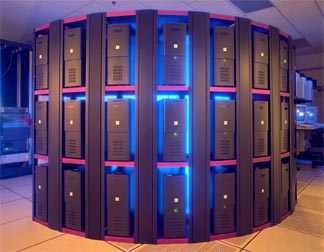Here’s an EMC video on Youtube about Oracle RAC with EMC VPLEX. Very nice, check it out!
Tag Archives: clustering
Eliminate Hot Backup with EMC consistency technology
For many years, EMC customers have been using storage replication technology to create copies of entire databases. Using storage cloning has many advantages over other mechanisms (file copy, tape restore, and the like). Most significant is that EMC storage can create near-instant copies of large applications without significant performance overhead. The reason is that the storage system is using its huge internal bandwidth and a couple of smart tricks to create the copy, therefore bypassing the host I/O layer.

Cloning
In other words, a server running a database does not have to move a single bit of data for creating a copy of a multi-terabyte database.
Stretched clustering basics
Before showing my preferred solution for Oracle stretched high availability clusters, first some clustering basics.
Active/passive versus Active/Active clusters

NASA cluster
Most clustering software is based on active/passive scenarios. You have a system (say, a database) that is running on a set of resources (i.e. a server, to keep it simple) and you have another system (a standby system) that is ready to run the system (failover) but is not actually running it at the same time.
An Active/Active system in general means both systems are active at the same time. There is some confusion as this can mean that the standby system is used for other processing (say, A is production and B is standby but currently running acceptance or testing environments).
By my definition, active/active clustering describes a cluster where all cluster nodes (systems) are processing against the same data set at the same time. There aren’t many products that can do this, especially in the database world. One of the few exceptions is Oracle RAC.


